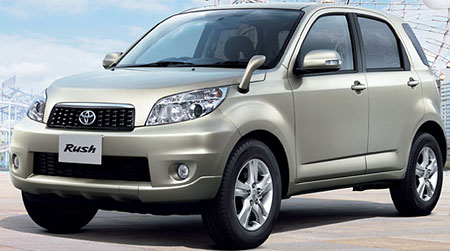
Toyota launched a minor facelifted version of the Toyota Rush in Japan on the 13th of November 2008. The version of the Rush sold in the Japanese market is the short wheelbase version of course, which is sold here as the Perodua Nautica while the Toyota Rush that UMW Toyota Motor sells is a long wheelbase 7-seater version.
The new Toyota Rush features a new front bumper, new tail lamps, and a new alloy wheel design for the G trim level. The 2WD automatic model also scores 15.4km/l on the Japan 10-15 mode fuel economy test, which is a 5% improvement over the original Rush.
The Toyota Rush is also known as the Daihatsu Be-Go, Daihatsu Terios in different markets, and the Perodua Nautica in Malaysia. It is available in both short wheelbase and long wheelbase versions with the option of 7 seats, depending on the market it is sold in.
Daihatsu also unveiled its facelifted Be-Go in Japan on the same day, as they are parallel products – the same thing sold under different badges in the same market.
Look after the jump for more shots of the new Toyota Rush.
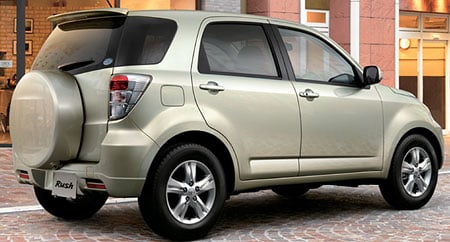
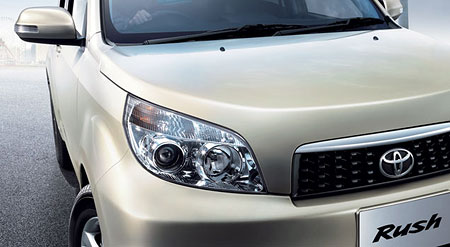
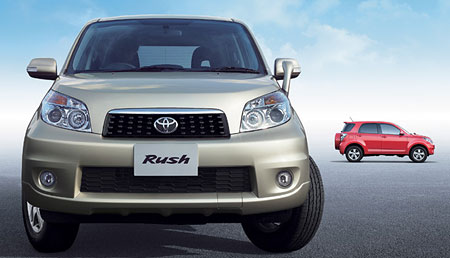
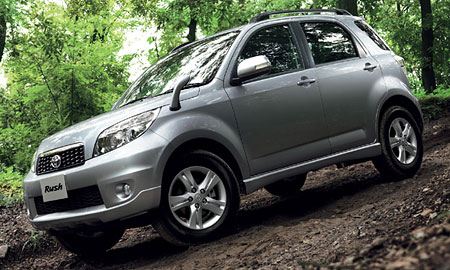
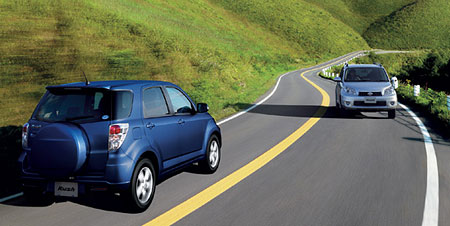
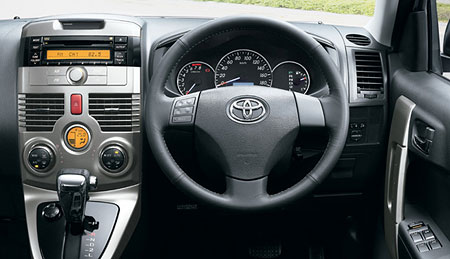
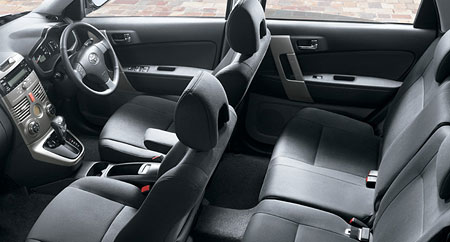
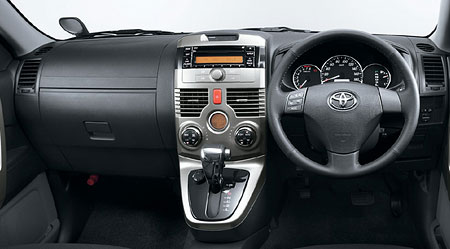
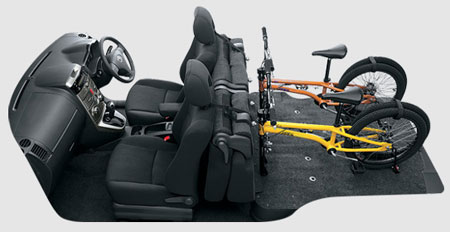
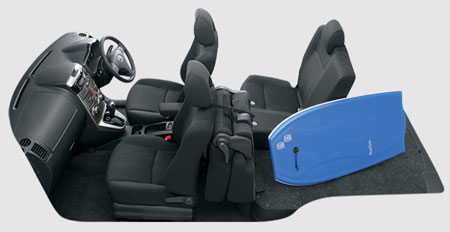

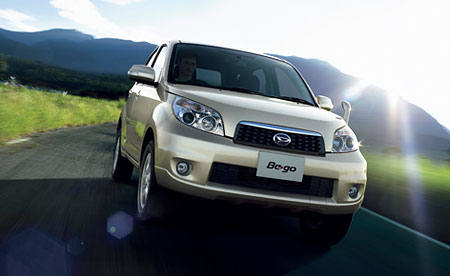
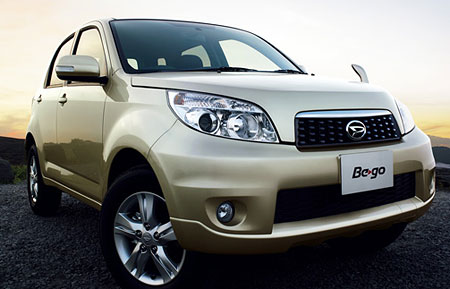
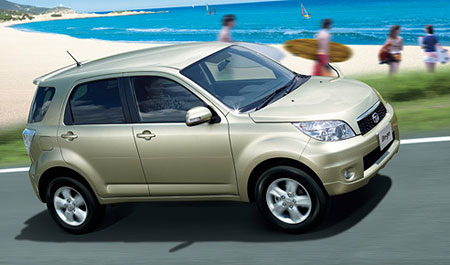
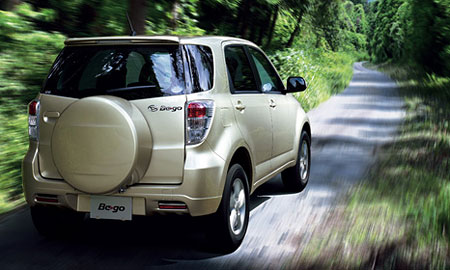
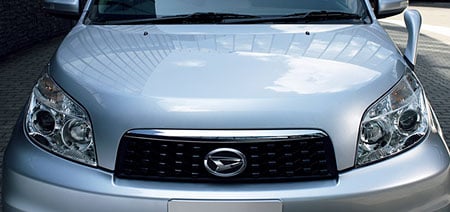
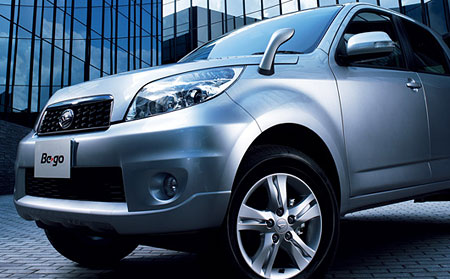
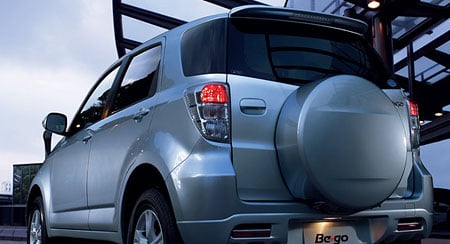
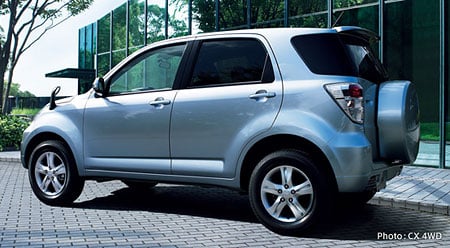
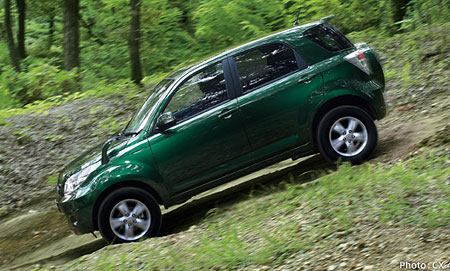
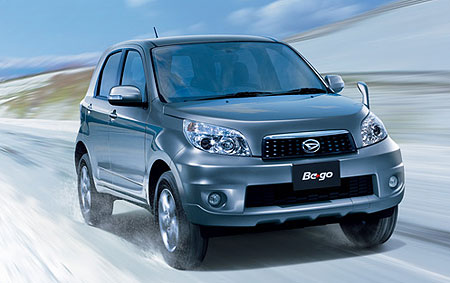
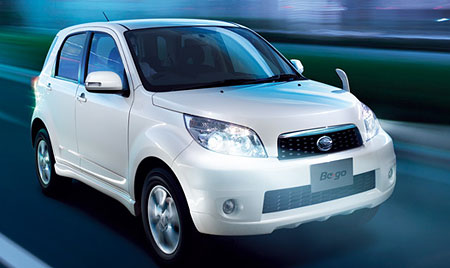
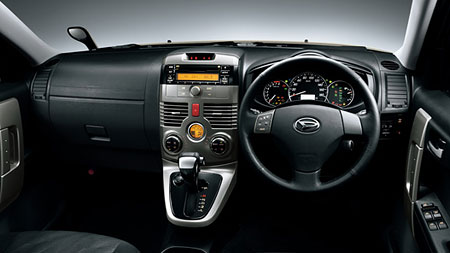
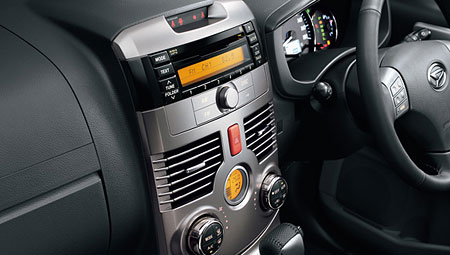
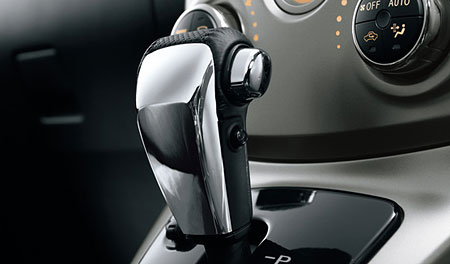
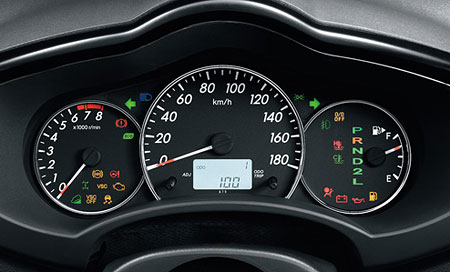
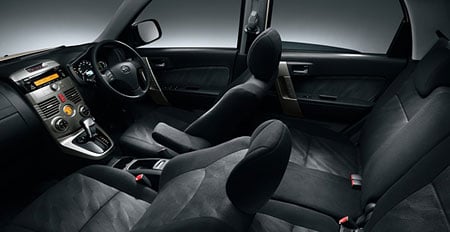
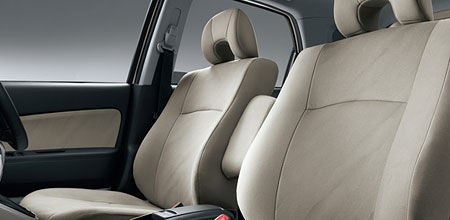
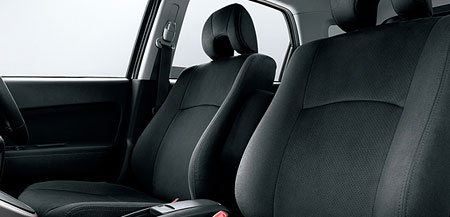
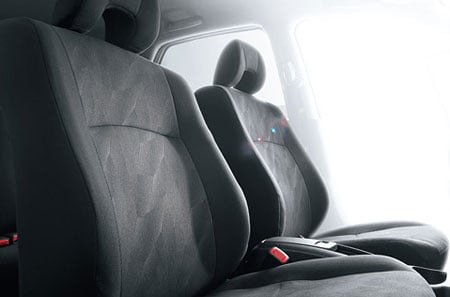
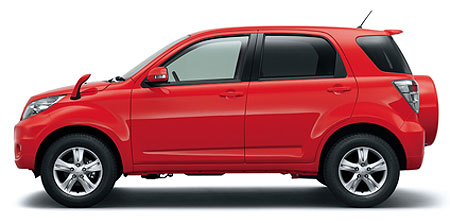
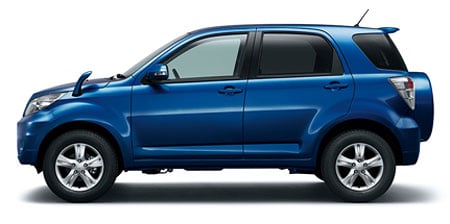
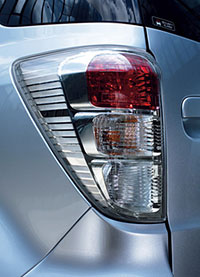
Looking to sell your car? Sell it with Carro.




























AI-generated Summary ✨
Comments on the Toyota Rush facelift highlight its value for money, reliability, and build quality compared to more luxury brands. Several users express satisfaction with its fuel efficiency and performance given its price point, though some criticize its styling and appearance. There are comparisons to other vehicles, including rebadged models like Daihatsu Be-Go, and discussion about whether Toyota's updates are sufficient or merely cosmetic. Off-topic comments about other brands, prices, and unrelated issues are filtered out, but overall, the sentiment shows appreciation for the Rush as an affordable, dependable SUV, despite some negative opinions about design and market perception. Many users support the vehicle's practicality and note its standing as a good budget-friendly choice.